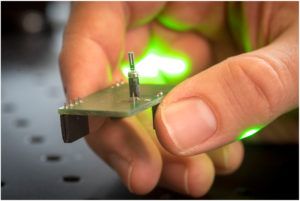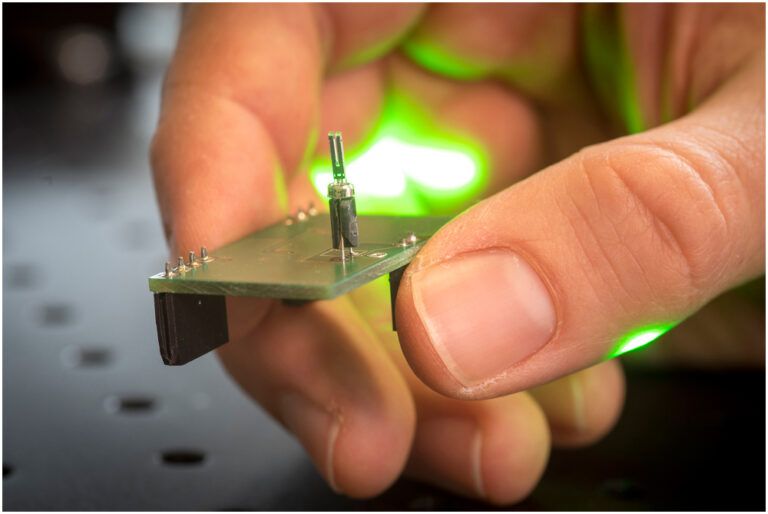As part of a major European Union-funded project, researchers at Austria’s Graz University of Technology (TU Graz) have developed a new standalone ‘tuning fork’ sensor for measuring roadside vehicle emissions.
Air pollution, particularly vehicle exhaust emissions, is one of the biggest challenges currently facing many European cities. As part of the EU’s Horizon 2020 EUR3.3m (US$3.7m) CARES (City Air Remote Emission Sensing) research project, an international consortium is working on new contactless exhaust measurement methods that will enable municipalities to take emission-reducing measures. In concrete terms, the researchers want to develop new sensors that can be attached to roadsides, crash barriers or traffic signs which detect the exhaust emission of passing vehicles in a matter of seconds.
The project is studying how, through the use of widespread deployment of standalone sensors, cities could introduce an emissions-based city toll: the higher the emissions of the car, the higher the charge would be. Entry permits into environmental zones could also be monitored automatically, in which automatic barriers only open if the pollutant emissions of the approaching car are within the standard range. New sensor technology could also be used to identify and pull out of traffic those vehicles in which engine performance and thus pollutant emissions have been increased with manipulated particle filters or chip tuning.

Researchers at the Institute of Electronic Sensor Systems at TU Graz are working on simplifying the measurement of vehicle emissions as part of the CARES project and are primarily responsible for all aspects of particle measurement. The team has had promising tests from a new sensor that uses conventional tuning forks are used. The particles between the fork are excited through laser pulses, which in turn produce an acoustic signal and begin to ‘sing’ in the truest sense of the word. Each individual particle emits acoustic signals that are recorded and played back by the tuning fork. The more particles there are, the louder the sound becomes. The volume can then be used to determine how many particles are in the environment. The technology is already being used successfully for gas measurements.
The researchers at TU Graz hope that the new measuring method will prove its worth in the metropolises of Milan (Italy), Prague (Czech Republic) and Krakow (Poland), where the investigations will be carried out in live pilot operations as part of the CARES project. The Institute expects low-cost remote sensors for emission measurement to be ready for series production by the end of the 2022 project at the latest.
“We want to monitor vehicle emissions in cities and environmental zones under real conditions, without having to interfere with free-flowing traffic,” said Alexander Bergmann, head of the sensor systems institute at TU Graz. “The aim is to detect the exhaust class of each individual vehicle using these measurements. Our institute was now able to show for the first time that this also works with particles and could be a possibility for a low-cost sensor.”






